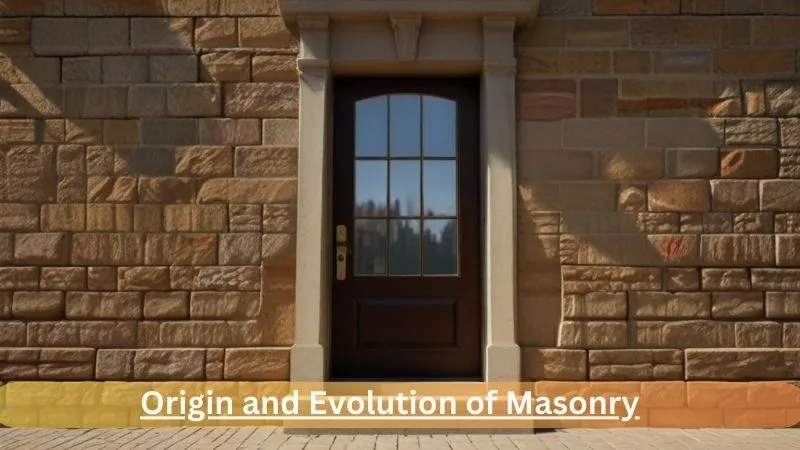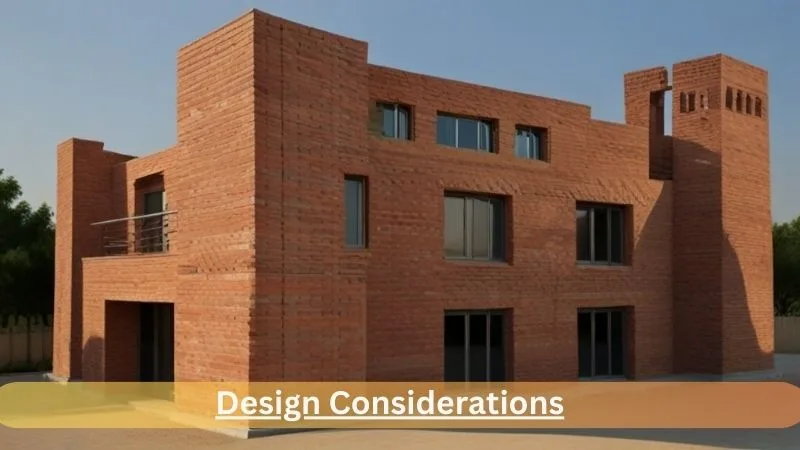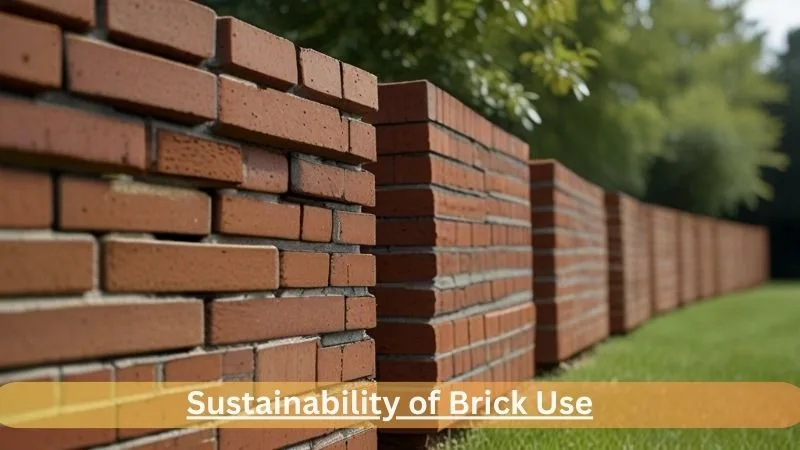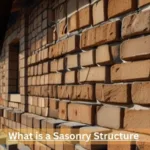Brick Masonry Construction in Pakistan
Introduction:
Brick masonry construction: Brick Masonry is a construction technique left invisible in architecture in ancient times. From ancient castles to modern skyscrapers, brick buildings stand the test of time for their durability, versatility and aesthetic appeal. This guide delves into the complex process of brick masonry construction, exploring its rich history, simple methods, thought patterns and stability.
Origin and evolution of masonry:

The origin of masonry can be traced back to ancient civilizations when the first builders used sun-dried adobe bricks to build houses and protect the structures. The advent of fired bricks revolutionized construction, giving greater strength and durability [Brick masonry construction]. Brick architecture flourished in Mesopotamia, Egypt and the Indus Valley Civilization, displaying advanced designs and engineering techniques. Over the centuries, brick masonry evolved into a variety of architectural styles, from grand Roman buildings to
ornate Gothic cathedrals and beautiful Renaissance buildings.
Brick Types Used in Masonry:
Brick selection plays a vital role in determining the quality and life of brick structures. Clay bricks are the most traditional and widely used, with excellent thermal insulation and weather resistance. Concrete made from cement, sand, and aggregate is solid, durable, and suitable for transport equipment. Made from sand, lime and water, sandy lime tiles are long and smooth, making them ideal for different contexts [Brick masonry construction]. Additionally, fly ash bricks from fly ash and cement provide a more sustainable alternative, reducing environmental impact and resource consumption.
Also Read: What is a Masonry Structure
Bricklaying Materials and Tools:
Laying requires selecting materials and special tools to ensure durability and efficiency. Flawless quality bricks form the basis of good buildings. Mortar, consisting of cement, sand and water, binds the bricks together, providing a reliable and solid structure. Simple tools such as trowels, jointers, levels and brick saws aid the layering process to ensure accuracy and efficiency.
Planning and Preparation:
Before brickwork begins, careful planning and preparation are essential to ensure successful completion. Site inspection and preparation includes removing debris, levelling the ground and creating drainage to prevent moisture problems. Estimating materials, including bricks, mortar, and other materials, helps with budgeting. Additionally, safety measures such as wearing protective clothing and safety platform operation
can reduce the risk of injury and damage on the construction site.
Bricklaying Techniques:
Laying is both an art and a science. It requires precision, skill and attention to detail. Releasing the work area involves the construction of reference lines and levels to guide the placement of bricks. Various social networks, such as physical connection, Flemish communication, and English communication, provide a stable structure and understanding. Laying bricks requires spreading the mortar evenly, aligning the bricks correctly, and ensuring the joints are thick. Joining and finishing methods, including joints, joints and guides, help enhance the beauty and durability of masonry projects.
Design Considerations:

Understanding the masonry process is crucial to making it durable and long-lasting. The difference between load-bearing and non-load-bearing walls affects design and construction. Combining strengths such as protection beams, cables, and wires can increase the strength of concrete products, especially in earthquake zones [Brick masonry construction]. Additionally, opening building doors, windows and ventilation must be carefully planned and justified when meeting the requirements.
Finishing touches and surface treatment:
Construction work on the brick wall model adds to its aesthetic appeal and weather resistance. Routing is the process of finishing joints and can be done in many ways to achieve the desired result, including joints and hammered joints in building construction [Brick masonry construction]. Cleaning bricks after construction can remove stains and
restore their beauty. Surface treatments such as sealants, paints and coatings can extend the life of structures by providing additional protection against moisture, UV exposure and environmental pollutants.
Advanced Technology and Innovation:
Advances in the use of technology have improved construction and good jobs by encouraging the creation of new technologies and products. Thin brick walls feature thin bricks bonded to a substrate, providing a deep and versatile solution for new construction and renovation projects. Adding steel or fibre reinforcements to brick masonry gives greater strength and flexibility, making it suitable for high-rise buildings and earthquake zones. Prefabricated brick panels are produced on-site and assembled on-site, simplifying the construction process and shortening labour costs and construction time.
Sustainability of Brick Use:

Brick masonry has many environmental benefits and applications as sustainability becomes a priority in the construction industry. Compared to other building materials, clay brick production has minimal environmental impact while being sourced responsibly and locally. Additionally, recycling and reusing bricks from damaged buildings reduces waste and saves resources. Brick buildings exhibit excellent energy efficiency due to their good thermal properties, reducing heating and cooling and reducing energy consumption over the life of the building.
Conclusion:
Masonry architecture represents a timeless marriage of tradition and innovation, combining ancient ideas with modern progress to create a permanent structure that bears witness to the craftsmanship of the same people [Brick masonry construction]. From low-rise dwellings to architectural masterpieces, brick homes continue to grace our design landscape with their strength, durability and timeless beauty.
By knowing the art and science of masonry, builders and architects can create structures that will not only withstand the ravages of time but will inspire fear and awe in future generations.
Brick masonry construction – FAQs:
Q1. How long does brickwork take?
Ans: Brick systems can last 100 years or more, according to the International Association of Certified Home Inspectors (IACHI). All over Europe and other countries, houses, castles, and other brick buildings have stood for centuries.
Q2. What should be avoided in masonry construction?
Ans: Brick Bats should be avoided. Joint thickness should not exceed 13 mm. Brick walls should be kept accurate, and their verticality should be constantly checked using water pipes. ï· Bricks should be raised evenly.
Q3. How do bricks fit into masonry?
Ans: Lime sand or calcium silicate brick is made from sand and lime or lime sand brick. Lime sand brick is used in the construction industry for building decoration, masonry projects, etc.
Q4. Why is masonry substantial in construction?
Ans: Masonry is non-flammable and increases fire performance to protect the building and its occupants. For the same reason, the stove is usually made of masonry. The wall is resistant to rot, insects, weathering and natural disasters such as tornadoes.





Leave a Reply